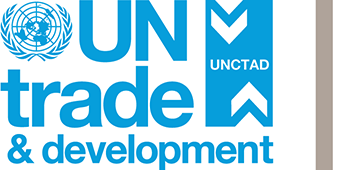Établissements Consten S.à.R.L. and Grundig-Verkaufs-GmbH v Commission of the European Economic Community, 1966 Case 56/64
The Court of Justice of the European Communities (CJEC), known today as the Court of Justice of the European Union, examined the application of most aspects of Article 101 of the Treaty on the Functioning of the European Union (TFEU), which prohibits agreements restricting competition. It held inter alia that the prohibition of Article 101 TFEU applies not only to horizontal agreements but also to vertical agreements.
